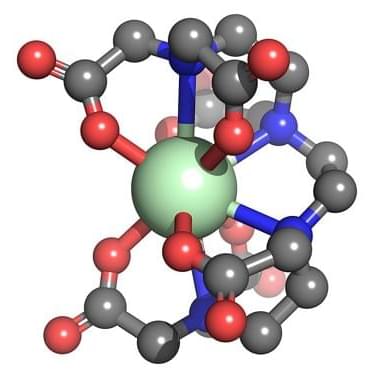And Europe currently has no operational rocket at its disposal.
Europe’s workhorse Ariane 5 rocket aced its final launch, as its maker Arianespace now looks ahead to the debut of its long-delayed Ariane 6. The Ariane 5 rocket took off from the European Spaceport at Kourou, French Guiana, at 6 p.m. ET, July 5. Arianespace and The European Space Agency (ESA) had originally intended for the final launch of Ariane 5 to take place after the debut of Ariane 6.
A long string of delays to Ariane 6, however, means that Europe currently has no operational rocket, and it likely won’t have one until next year.
ESA
The Ariane 5 rocket took off from the European Spaceport at Kourou, French Guiana, at 6 p.m. ET, July 5. Arianespace and The European Space Agency (ESA) had originally intended for the final launch of Ariane 5 to take place after the debut of Ariane 6.





